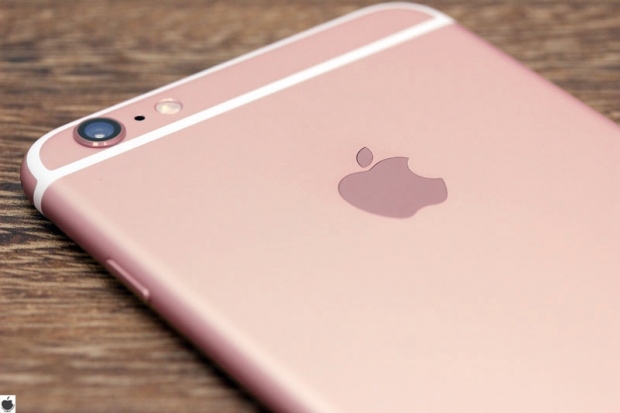This is an unusual move for the high-tech chips, but some fabless semiconductor companies have been using more than one fab to manufacture their chips.
The beans were spilt by Chipworks which discovered that two identical Apple iPhone 6S phones contained two different A9 chips. The smaller is branded APL0898 and is manufactured using Samsung's 14nm Technology. The slightly larger APL1022 comes from TSMC in glorious 16nm. If you measure the surface, the APL0898 is a 96 square mm while the APL1022 from TSMC is 104.5 square mm.
We learnt that Samsung's 14nm, Intel's 14nm, GlobalFoundries 14nm and TSMC's 16nm have similar transistor sizes. The main difference is that TSMC is measuring the largest part of the transistor, ending up at 16nm while the others are measuring the smaller size and branding the process 14nm.
The end effect for Apple's dual core A9 chip is that one is 10 percent bigger. Having two fabs manufacturing your product is definitely safer approach as if one fails the other one should not, but this means that Apple chip design team had to develop two processors – one for TSMC and the other one for Samsung.
Both of these SoC's do share a lot in common but the metal layers are completely different simply because the transistor from Samsung is not identical to the transistor level from the TSMC. We know that Qualcomm has been using more than one FAB for its SoC's but never at the high end.
The high end leading edge process is usually not widely available and it expensive which indicates that Apple decided to use two engineer teams to mask the chip and get it ready for manufacturing just to get a better price per chip. Apple can balance the numbers of SoC chips it orders from Samsung or TSMCs and strong arm the better price.
Apple has become a master of semiconductor business after only a few years playing in the field. Having more money than almost every other semiconductor company combined definitely helps.




